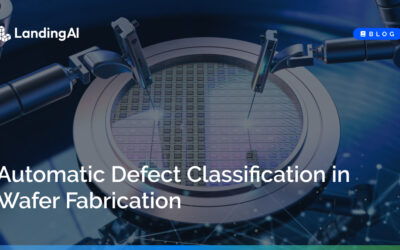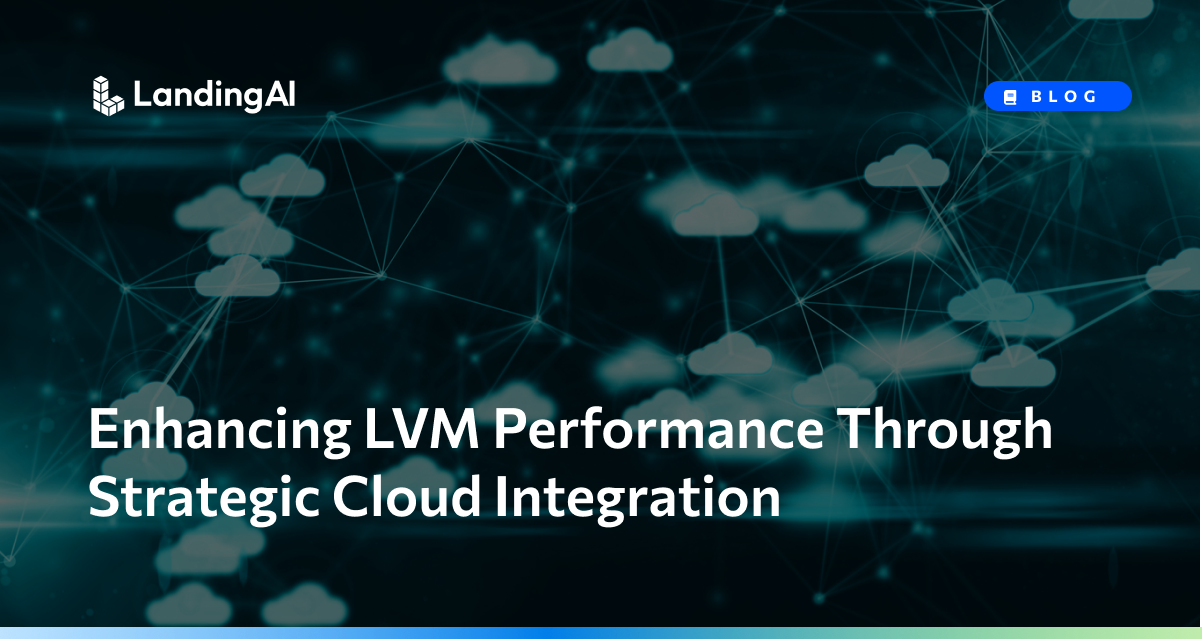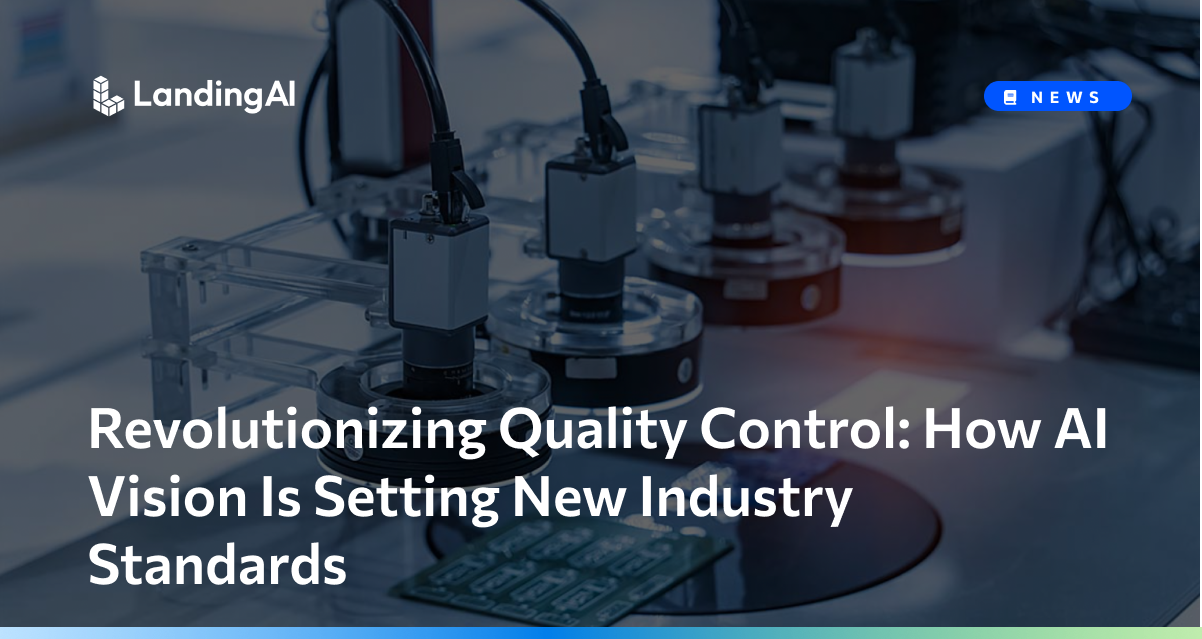Elevate your standards, improve patient outcomes, enhance research accuracy, and achieve unparalleled success throughout your laboratory by using AI in the life sciences industry.
Life Sciences Use Cases
See how AI in life sciences can help researchers and clinicians accelerate research and improve patient outcomes.
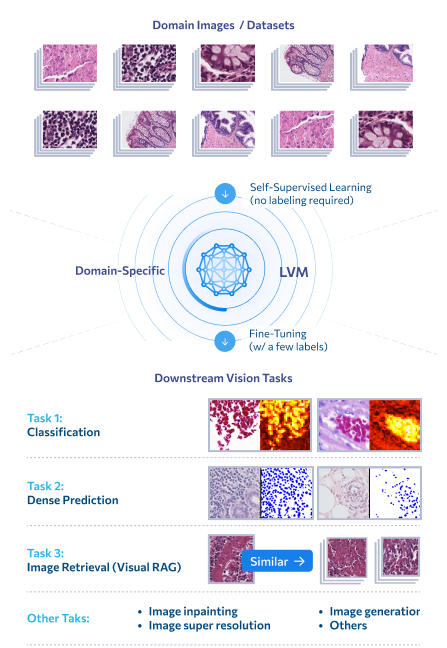


Resources
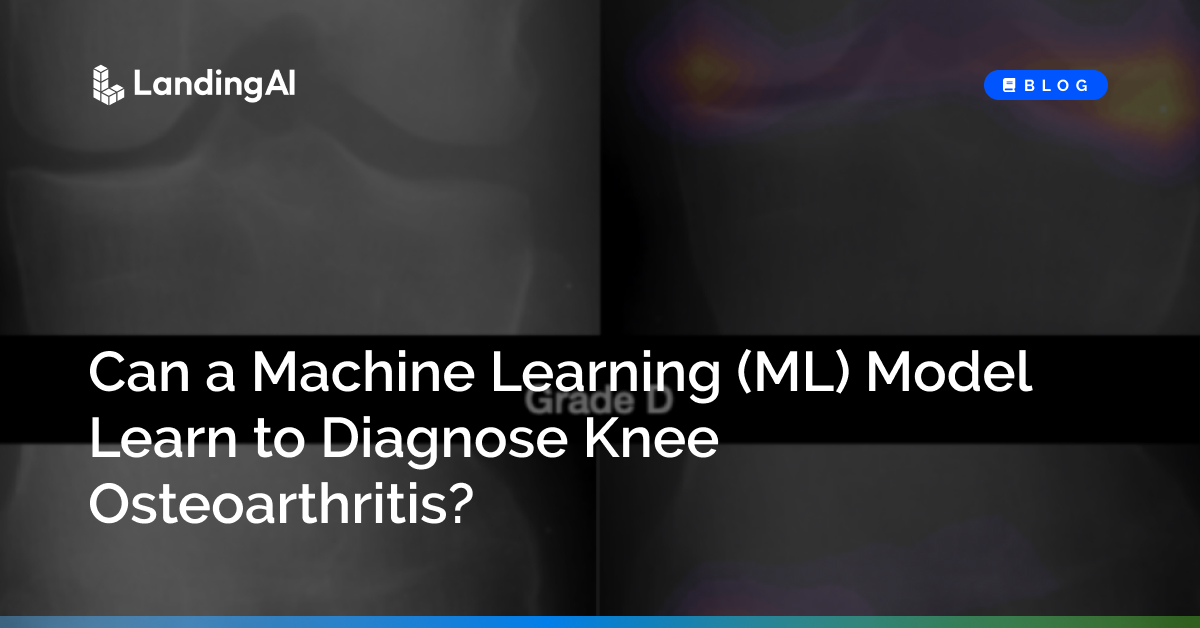
Blog
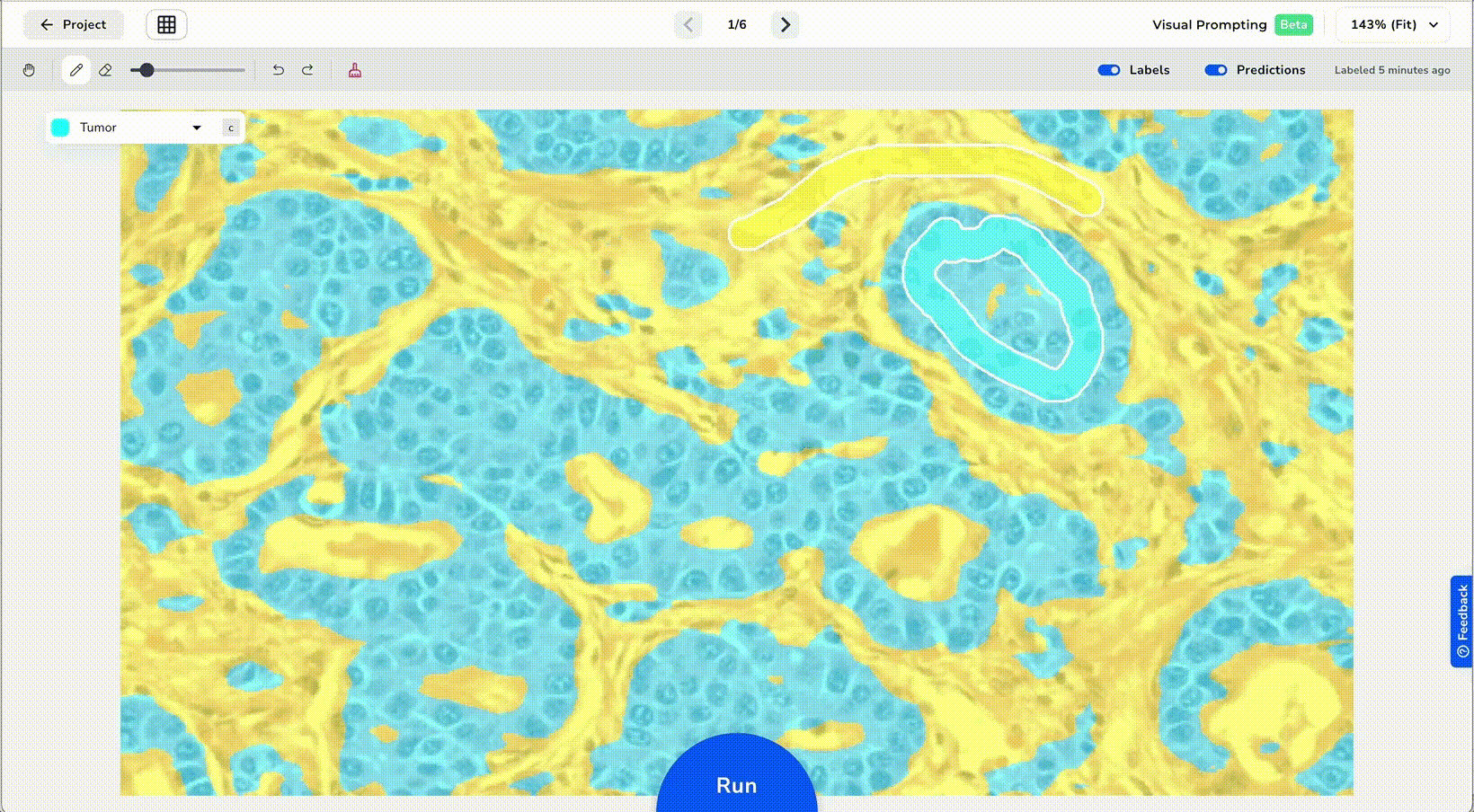
Blog

Blog
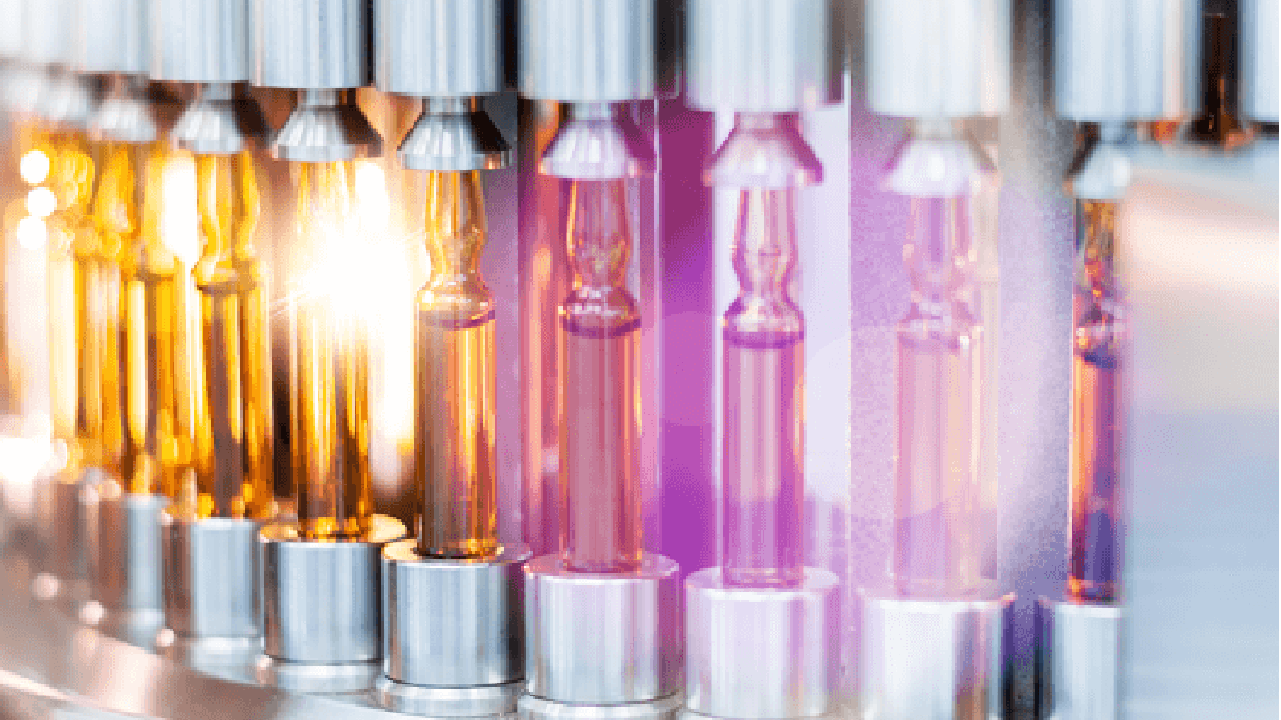
Case Study
Landing AI Monthly Newsletter
Stay updated with AI news and resources delivered to your box

